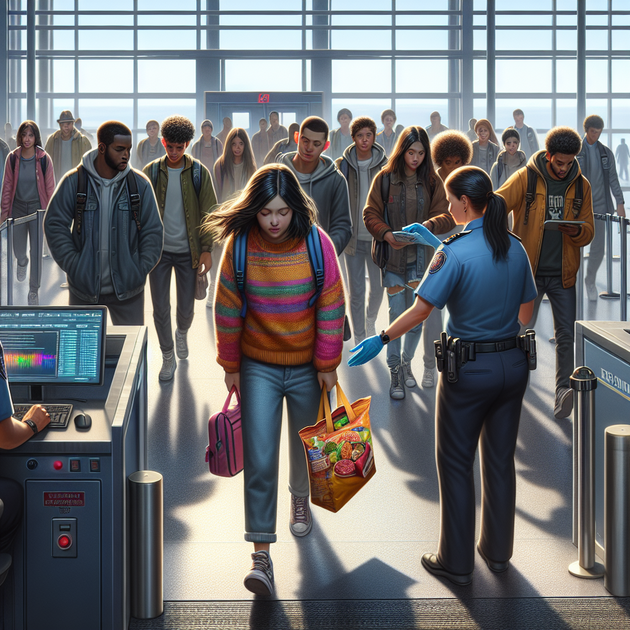When Tech Gets It Wrong in Schools
What would you do if your favorite snack landed you in hot water with the police? For one teenager, that’s exactly what happened when an AI metal detector flagged his Doritos bag as a potential gun. The story isn’t just about chips—it’s about the growing use of artificial intelligence in school security and what happens when these systems get it wrong.
We’re seeing more schools adopt high-tech solutions to keep students safe. According to The Washington Post, thousands of schools have rolled out advanced scanners powered by AI to spot weapons. But what if these tools start raising false alarms?
How Do AI Metal Detectors Work?
AI metal detectors are popping up everywhere—from airports to classrooms. They promise fast scanning without invasive searches. Instead of traditional beeps and wands, these smart systems use machine learning algorithms to analyze shapes and materials passing through their sensors.
Some key features include:
- Non-intrusive scanning that claims to identify weapons quickly
- Algorithms trained on thousands of images to spot guns or knives
- Automated alerts sent to staff or law enforcement when there’s a possible threat
- The ability to scan bags, backpacks, and even pockets without stopping everyone
- Integration with cameras or entry gates for real-time monitoring
But as this incident shows, these systems can sometimes mistake harmless objects (like chip bags) for something dangerous. And that’s where things get complicated.
The Problem With False Positives
A false positive is when technology flags something as dangerous when it’s actually safe. In the case of the teen and his Doritos bag, the AI metal detector saw enough similarity between snack packaging and the digital profile of a firearm to trigger an alarm.
Here are some reasons these mistakes happen:
- Lack of context: AI can struggle with unusual shapes or materials not in its training database.
- Poorly tuned algorithms: If the system is too sensitive, it starts flagging everyday items.
- Pressure for zero tolerance: Schools want any possible threat caught—even if it means more false alarms.
- Real-world complexity: Backpacks are full of unpredictable items that aren’t always easy for machines to interpret.
These errors aren’t just annoying—they can be stressful or even traumatic for students wrongly accused of bringing something dangerous to school.
A Real Student Story: Snack Turns Into Scare
Picture this: It’s Monday morning and you’re heading into school with your usual backpack—maybe running late because you stopped at the corner store for snacks. As you go through the entrance scanner, lights flash and alarms blare. Suddenly, you’re surrounded by officers asking about weapons all because your Doritos bag set off an alert.
This is exactly what happened recently at one high school using an advanced scanning system. The incident quickly spread online and sparked debate over how much we can trust machines with our kids’ safety. Even though it turned out to be nothing but chips inside the bag, the experience left everyone rattled—including parents who had assumed this kind of error couldn’t happen with new technology.
It’s not just snacks either; similar incidents have been reported with laptops, water bottles, umbrellas—even sports equipment triggering alerts meant only for weapons (NBC News).
The Challenge Ahead: Balancing Safety With Common Sense
AI is helping schools take threats seriously—but there’s still work to do before these systems become foolproof. Here are some things decision-makers need to consider:
- Better training data: Systems need exposure to more real-life objects—not just weapons.
- Transparent policies: Students and parents should know how alerts are handled.
- Human oversight: Relying only on machines isn’t enough—staff should review alerts before taking action.
- Mental health support: False alarms can be scary; schools should offer support after incidents.
- Continuous testing: Regular system checks help reduce embarrassing or harmful mistakes.
As more public spaces turn to automated security—from stadiums to shopping malls—the lessons from this high school matter well beyond education.
So next time you see those sleek new scanners at your local school or event center… remember that technology can keep us safer—but only if we understand its limits.
Have you ever experienced—or heard about—a harmless item being mistaken for something dangerous by smart tech? How should schools balance security with student comfort?

Leave a Reply